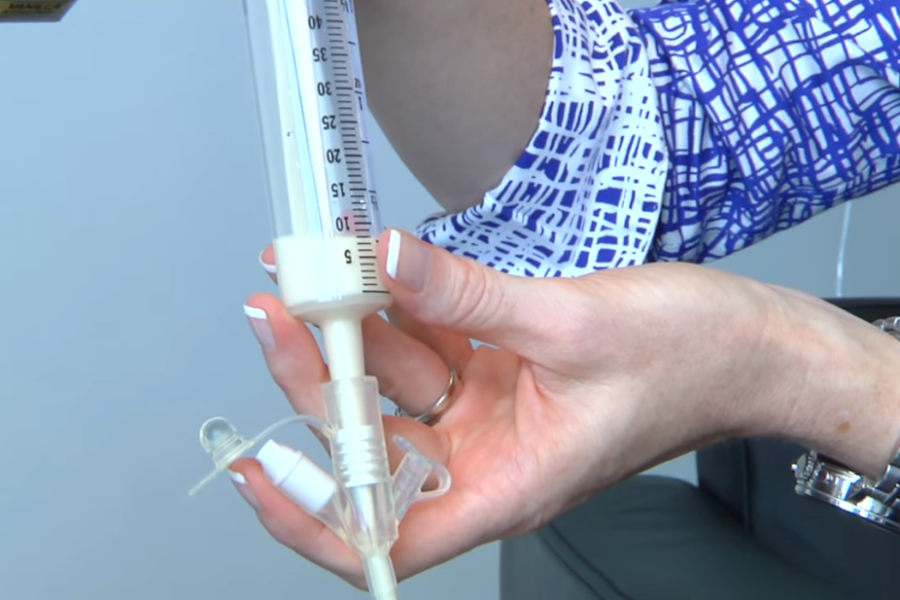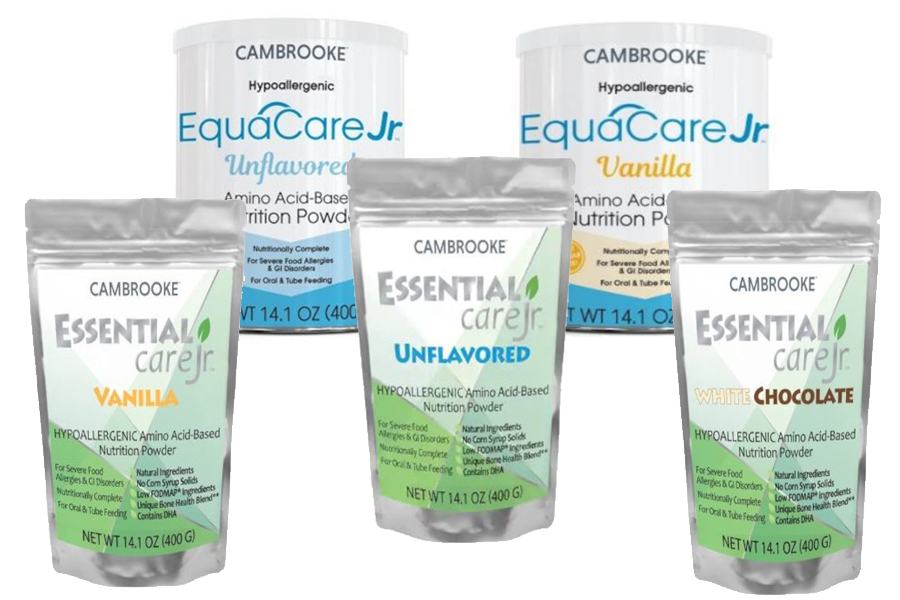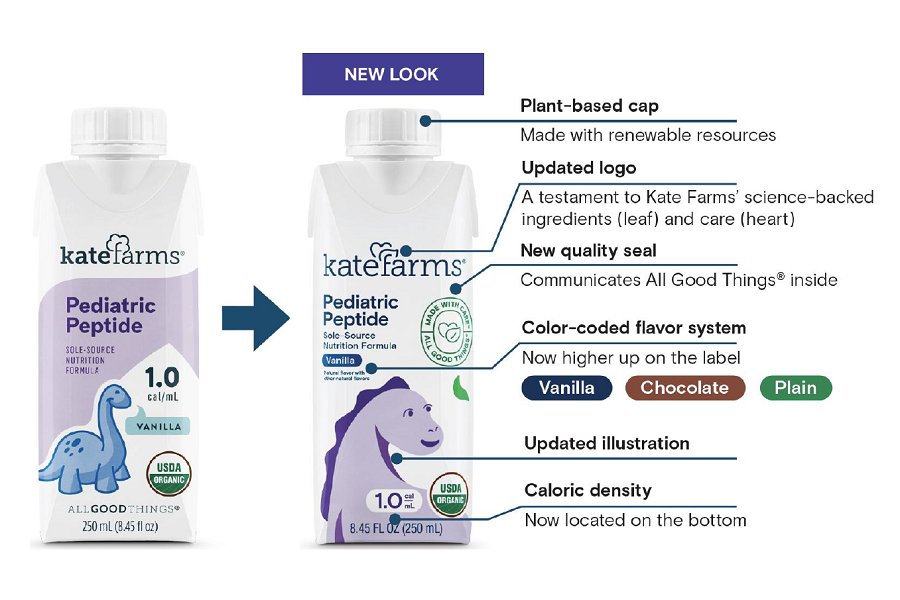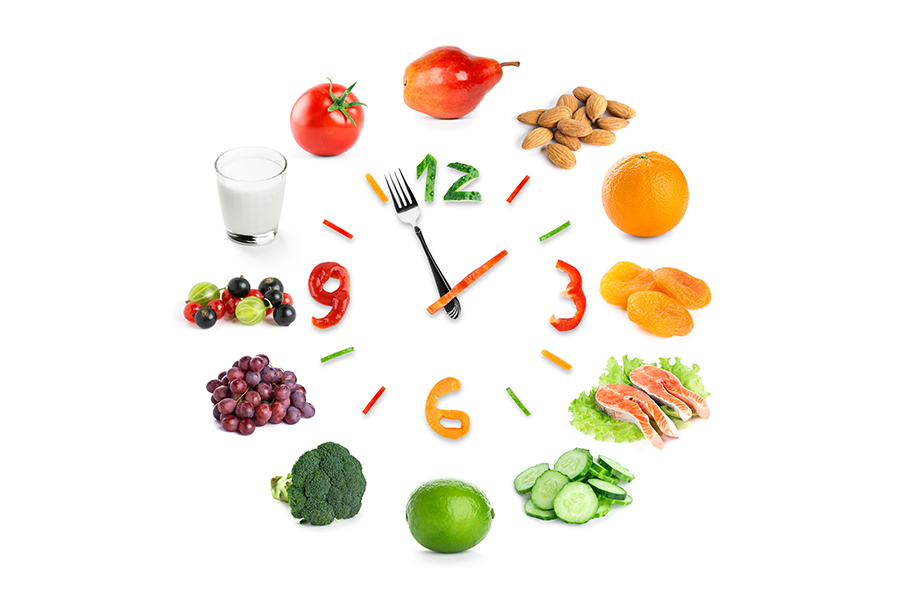Sodium and Health: How to Manage your Salt Intake – Original story featured on KaiserPermanente.org
Advice on Sodium That’s Well Worth Its Salt
Chips, nuts, popcorn, fries — they’re all better with salt, right?
Not when the vast majority of Americans are consuming an average of more than 3,400 milligrams of sodium daily, which is 1,100 milligrams over the recommendation from the Centers for Disease Control and Prevention and the American Heart Association.
We asked Beth Goodridge, MS, RD, a registered clinical dietitian at Kaiser Permanente Modesto, how sodium figures into our health — and how to shake its prevalence in our meals.
Why do we crave salt?
For the majority of people, salt craving is a learned behavior. It tastes good and is associated with crunchy foods or perhaps snacks we enjoyed as kids. Athletes who exercise regularly or people who work in hot environments perspire more and may crave sodium because they need to replace what is lost in perspiration. That said, if someone has an excessive or persistent craving for salt, they should check with their physician to make sure their salt craving is not related to something else.
How much is too much?
The American Heart Association guidelines recommend less than 2,400 milligrams of sodium per day, which is what you get from 1 teaspoon of table salt. It can get confusing, but table salt is the biggest source of sodium in our diet. People with high blood pressure or chronic kidney disease may need even less sodium.
Where is the excess salt coming from?
More than 75 percent of the sodium Americans consume is from processed foods and restaurant meals. Fifteen years ago, the biggest source of sodium was from what people were adding to meals with the salt shaker at home, which was easier to curb. Now people eat out so often — three or more times a week — it is harder to control the amount of sodium we eat. In fact, an average restaurant meal contains over 1800 milligrams of sodium per 1000 calories, so you can see how easy it is to exceed the daily recommendation. Additionally, extra sodium can be found at the grocery store from cold cuts, bacon, sports drinks, canned and packaged foods, and cheeses, for example.
How is sodium hurting us?
Sodium acts like a sponge, causing the body to retain extra fluid and increasing the blood volume. This extra blood volume increases blood pressure and can create an added burden on the heart, which is the pump moving this larger blood volume through the body. Too much sodium may increase your risk of high blood pressure, which in turn could contribute to other health issues, such as stroke, cardiovascular disease, and kidney damage.
How can we manage our salt regularly?
Mother Nature put sodium in everything — apples, carrots, you name it. That’s the sodium you don’t have to worry about. As much as possible, cook at home and stick to a plant-based diet of fruits, vegetables, and whole grains. Flavor your food with seasonings other than salt, such as oregano, basil, garlic, or flavored vinegar. If you are a high-salt user, taper down slowly. Your taste buds can adapt until you don’t miss it. Sea salt is very popular now, but it is no different from table salt in its sodium content.
If you are grocery shopping, look at the labels. Find the serving size, and check to make sure the sodium is 140 milligrams or less per serving. Before eating out, go to a free website called calorieking.com, which also offers an app, enabling you to check any restaurant meal’s sodium content beforehand to make a healthier choice when ordering.
Slow and steady wins this race. Small sodium changes can add up to significant health benefits and help you better manage your overall health.
























